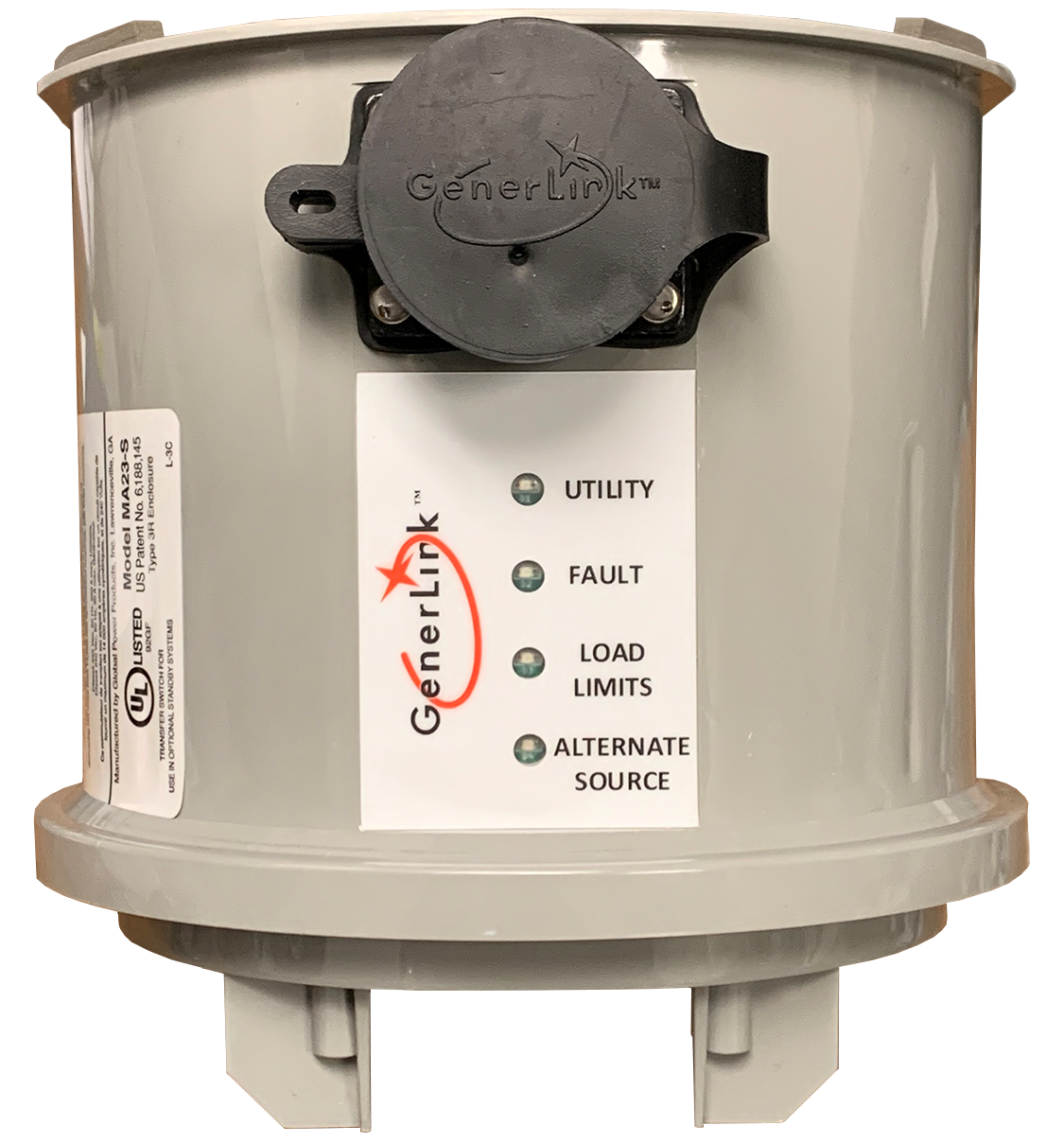I am trying to help my cousin out who has a farm out in the boonies here in the USA and want’s to install a solar system and I am trying to kick around some idea’s to help him.
I very much welcome feedback and criticism on this idea!!!
I did look at the power passthrough but from my reading:
- It gives mains power priority and only supplements when main power feed is not enough. No solar/battery first mode.
- No idea if it can pass more power than the inverter rating?
He has lots of building that he could install solar panels on and use micro-inverters to feed power back through the existing wiring.
However with micro-inverters I believe that he is required to be grid-tied or hooked up downstream of the inverter?
I have also been viewing a number of YouTube videos on how grid-tied is not the way to go due to the contractual side, technical design requirements, access requirements for inspections and in some cases additional liability insurance which can wipe out your savings.
Plus you have to go thru the process all over again if/when you make changes.
Given that his farmhouse and facilities are fairly old having to re-engineer everything would likely be cost prohibitive to bring up to code…
Note: I have seem some farm based YouTubers keeping their solar totally separate from their existing electrical system for these reasons.
I have come across a couple of meter mounted devices that do not require redoing your main electrical panel.
Basically you get your power company to remove the meter, insert the device and reattach the meter.
The first device is ConnectDER which is cheap way to add an EV outlet or plumb in the output of your Grid Tied inverter (after jumping through all the Grid Tied legal hoops).

The link for this is:
The second class of device is meter mounted power transfer switch for emergency generators which I think is more useful for our desired goal.
This device gives generator priority (so you test it); so anytime it has generator input it switches off the feed from the power company, totally isolating you from the grid at the power meter...

https://www.generlink.com/generlink.html
The limitation on this device is that it can only handle 10KW of power. (Note in extremely cold weather his average load might be more then 10KW to keep the livestock water tanks from freezing).
The internal transfer switch is non-shorting with a Break before Make functionality. So there will be a brief power interruption on each power cycle.
But hey with some NodeRed automation it has lots of possibilities for solar/battery priority to consume minimal grid power.
Plus all you have to do is tell the power company that this UL approved device (your mileage may vary depending on your power company) and as far as they know you are only installing it for emergencies and hey it’s dirt simple for their employees to install!!!!
With NodeRed you can monitor:
- Battery state
- Current power consumption
- Current and predicted solar production.
Control states:
- Monitor inverter output, when it reaches a set maximum value. Turn the inverter output off to revert to the grid as your power source.
- When inverter is off due to excess AC power draw monitor the power being consumed from the grid, when there is no longer an overload situation for X minutes. Turn the inverter output on and stop using grid power. (Note as a safety measure the GenerLink will not allow transfer to the generator input if drawing more than 50 amps of power from your power company). There are numerous IOT power monitors that you can use with NodeRed to monitor the grid power consumption.
- Monitor battery state. If low, turn the inverter output off to revert to the grid as your power source.
- When battery state is low, look at a combination of solar predictions and current battery state to turn the inverter output on and stop using grid power. Optionally add a bit of charging from the grid to make sure they will be topped off the next day.
This offers a number of advantages in that you can start small and then scale everything up by adding more solar, inverters (up to the 10KW limit) and batteries.
Again I very much welcome feedback and criticism on this idea!!!
